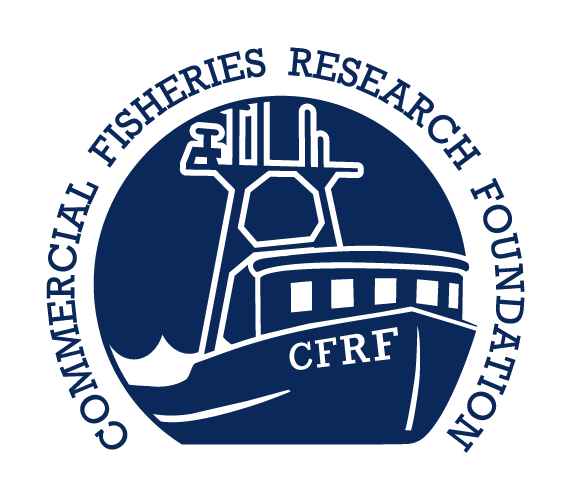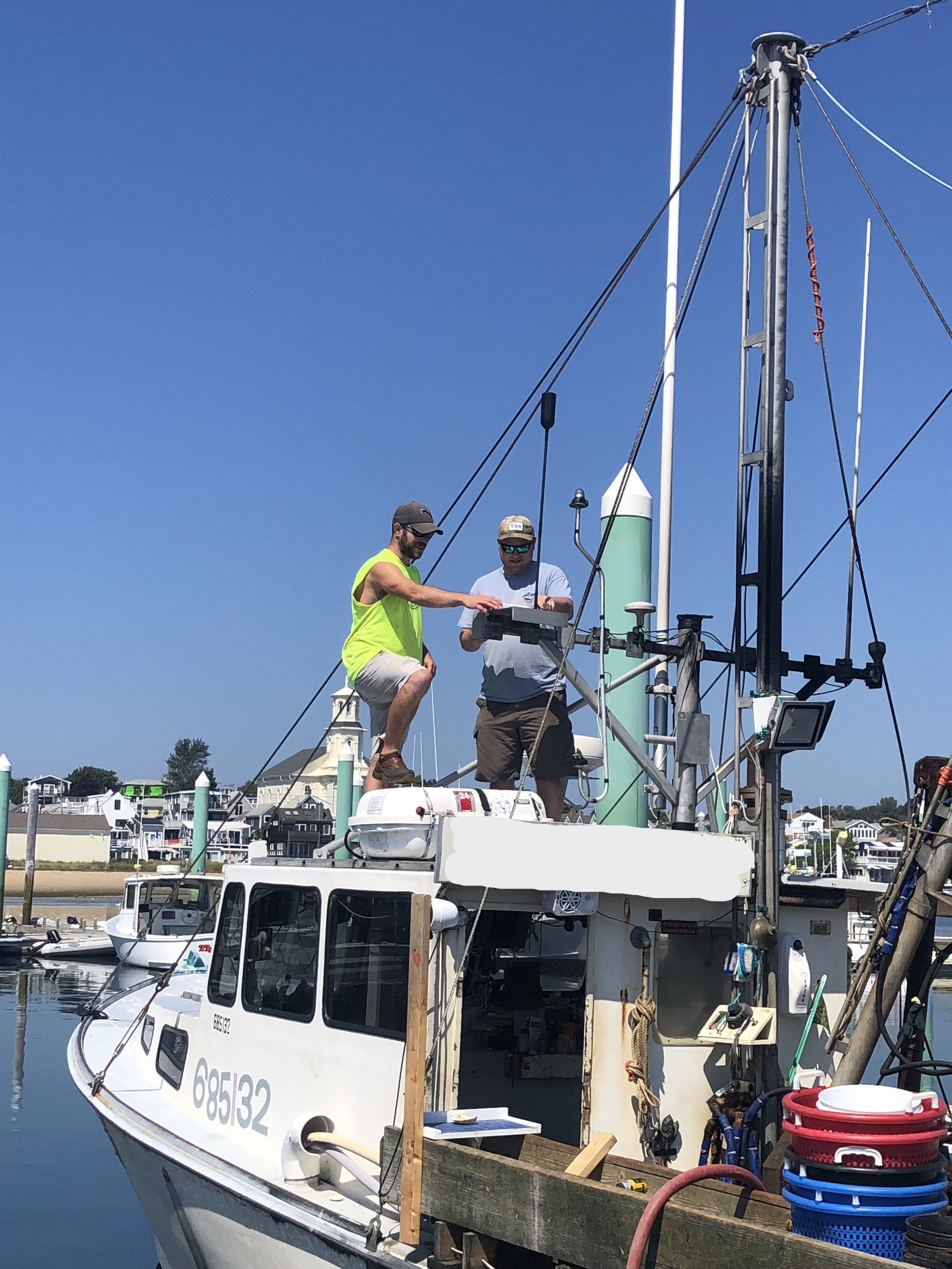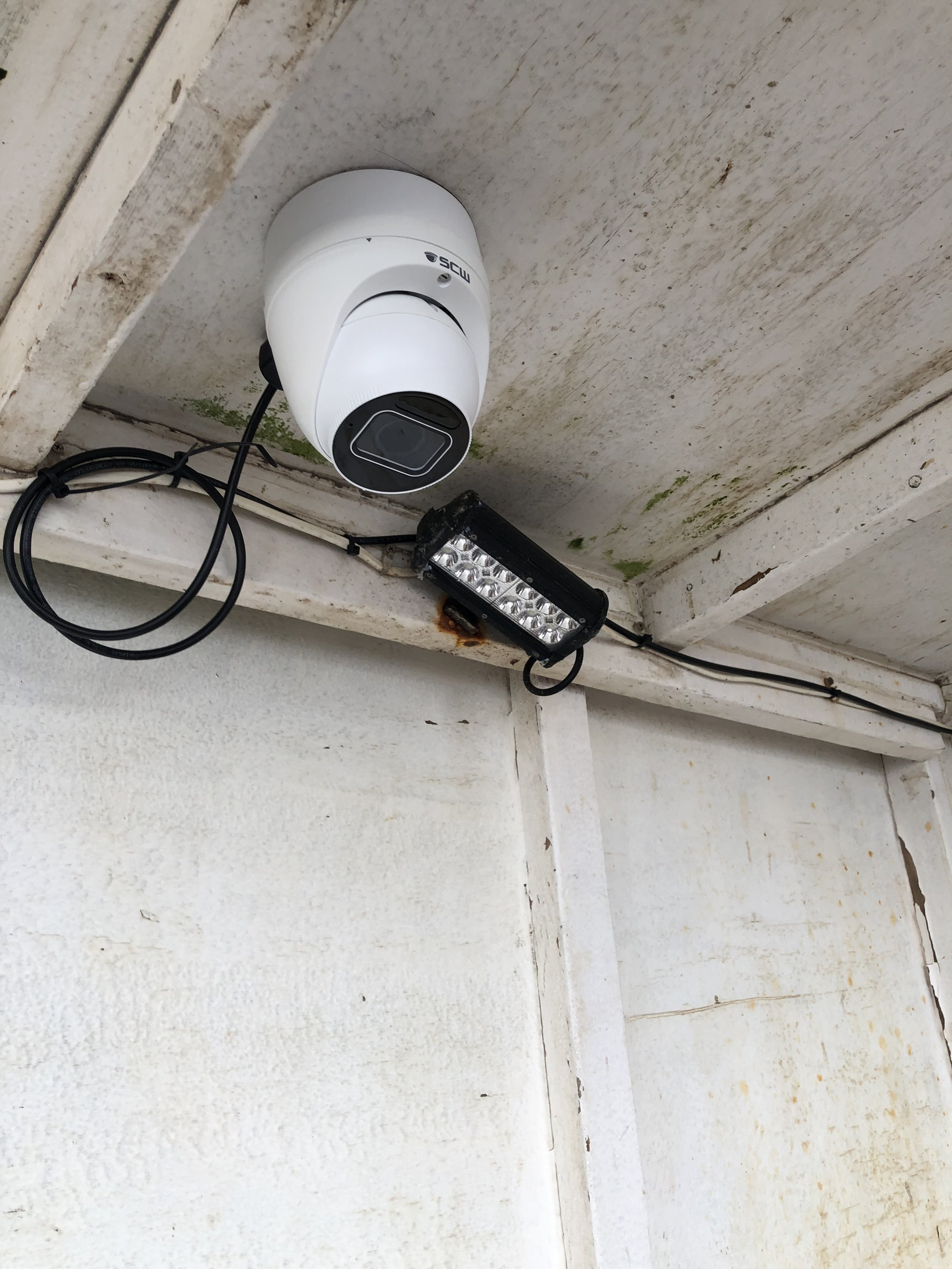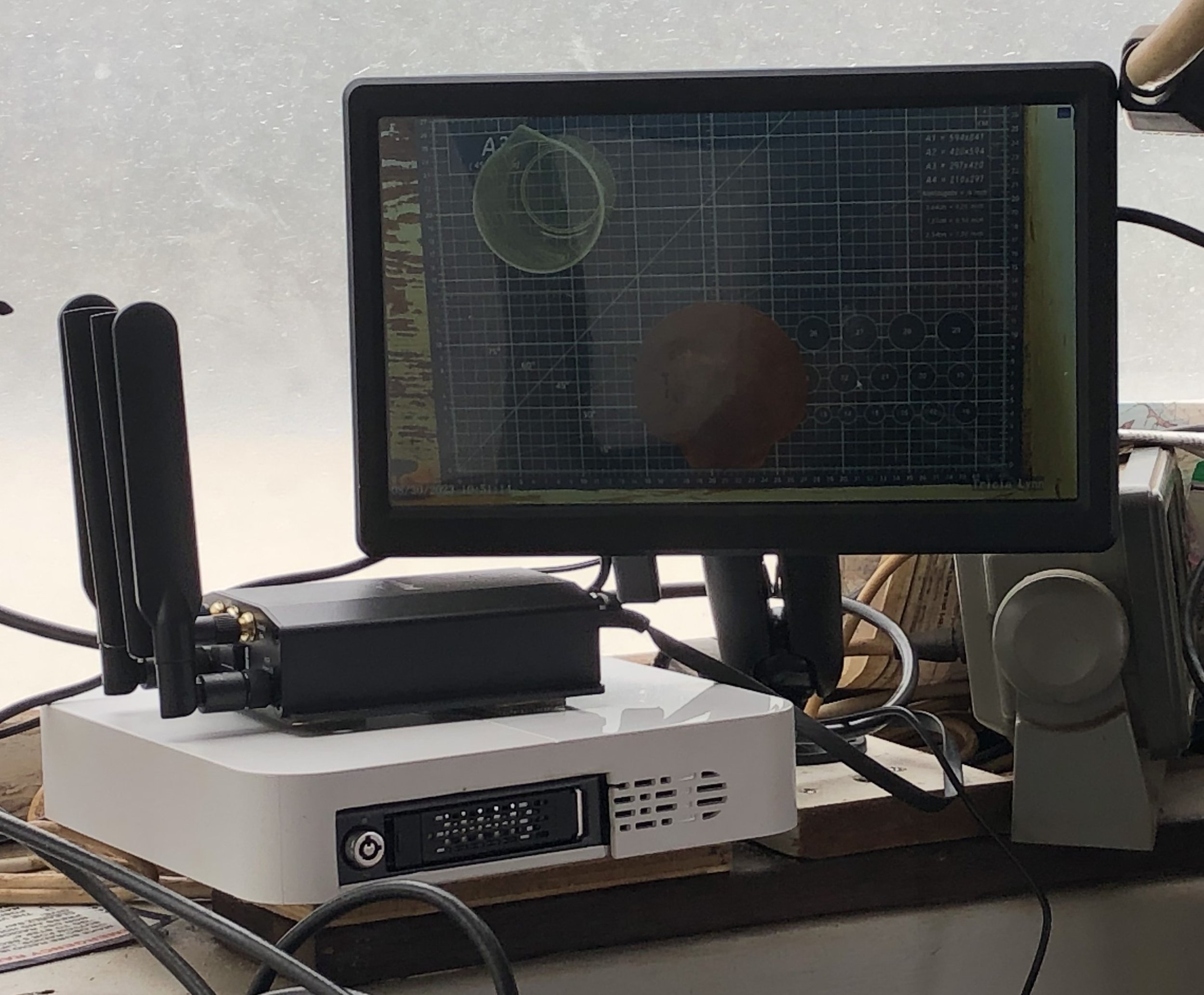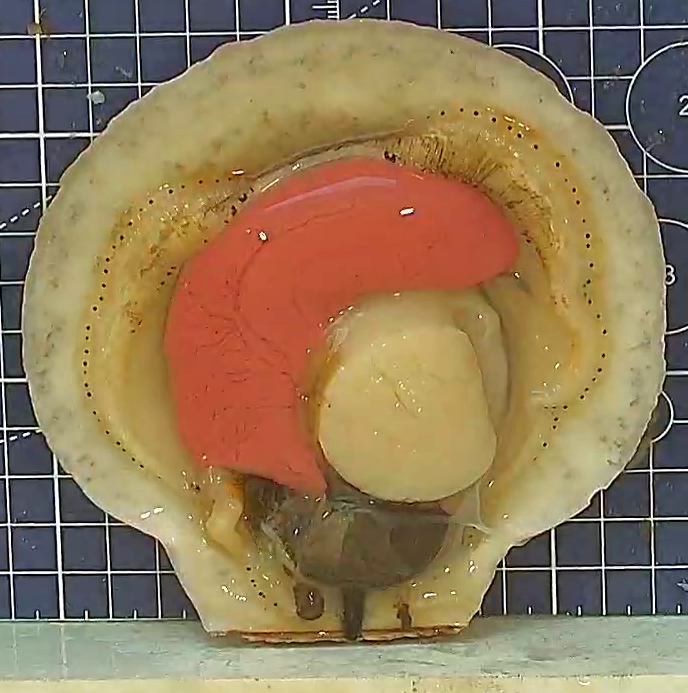Sea Scallop Image-Based Research Fleet
GENERAL DESCRIPTION:
Seasonal and spatial changes in sea scallop (Placopecten magellanicus) meat yield, quality, and reproductive status are well documented. By gaining a better understanding of scallop biology, more accurate estimates of yield from the fishery can be obtained. The fishery is managed using NOAA’s sea scallop survey and Observer Program data. However, the survey cruises only occur in the spring and summer months and don’t include sampling in the Northern Gulf of Maine. The Observer Program collects catch and effort data year-round but does not collect data on individual scallops and cannot focus on areas prioritized by stock assessment needs. This project uses the Research Fleet approach to assess an image-based, fishery-dependent data collection method to fill gaps in the understanding of sea scallop biology. These include developing a cost-effective means of supplementing survey data, as well as gaining a better understanding of the timing of spawning cycles and the associated meat yield over a broad geographical area.
This project is being completed in two phases. Phase 1 established the Image-Based Research Fleet for Limited Access General Category vessels. Phase 2, which is currently underway, is expanding the Research Fleet to Limited Access vessels. By inducting the limited access fleet, we can monitor access areas through time with coordinated image-based sampling. This project aims to provide long-term monitoring of an access area using fishery-dependent biological data collection.
Phase 1 Project goals and results:
Develop a fishery-dependent data collection system to contribute data to sea scallop management
Develop an optimal image-based sampling method by collecting individual scallop images aboard commercial fishing vessels
Collect data from Open Area and Northern Gulf of Maine management areas
Analyze and extract biological data from images of individual scallops
Create an annotated image library for future algorithm development
Phase 1 was conducted from June 1st, 2023, to May 31st, 2025. Check out the final report here for the results of this project.
Phase 2 project goals:
Induct Limited Access (LA) vessels into the Research Fleet
Attempt to monitor an access area through time with coordinated image-based sampling
Continue to analyze and extract biological data from images of individual scallops taken from the image-based sampling method
Evaluate the value of the data collected for sea scallop management.
Project team:
New England Marine Monitoring
Mark Hager, Chief Executive Officer
Anthony Lucia, Operations Manager
Commercial Fisheries Research Foundation
Becky Smoak - Project Lead
N. David Bethoney
Cape Cod Commercial Fishermen’s Alliance
Melissa Sanderson, Chief Operating Officer
Participant vessels:
F/V Redemption, Cape May, NJ
F/V Motivation, Cape May, NJ
F/V Negotiator, Cape May, NJ
F/V Dauntless, Cape May, NJ
F/V Miss Emma, New Bedford/Provincetown, MA
F/V Kathy Ann, Barnegat Light, NJ
F/V Roen Keil, Provincetown, MA
F/V Tricia Lynn, Harwich/Dennis, MA
F/V Patriarch, Cape May, NJ
